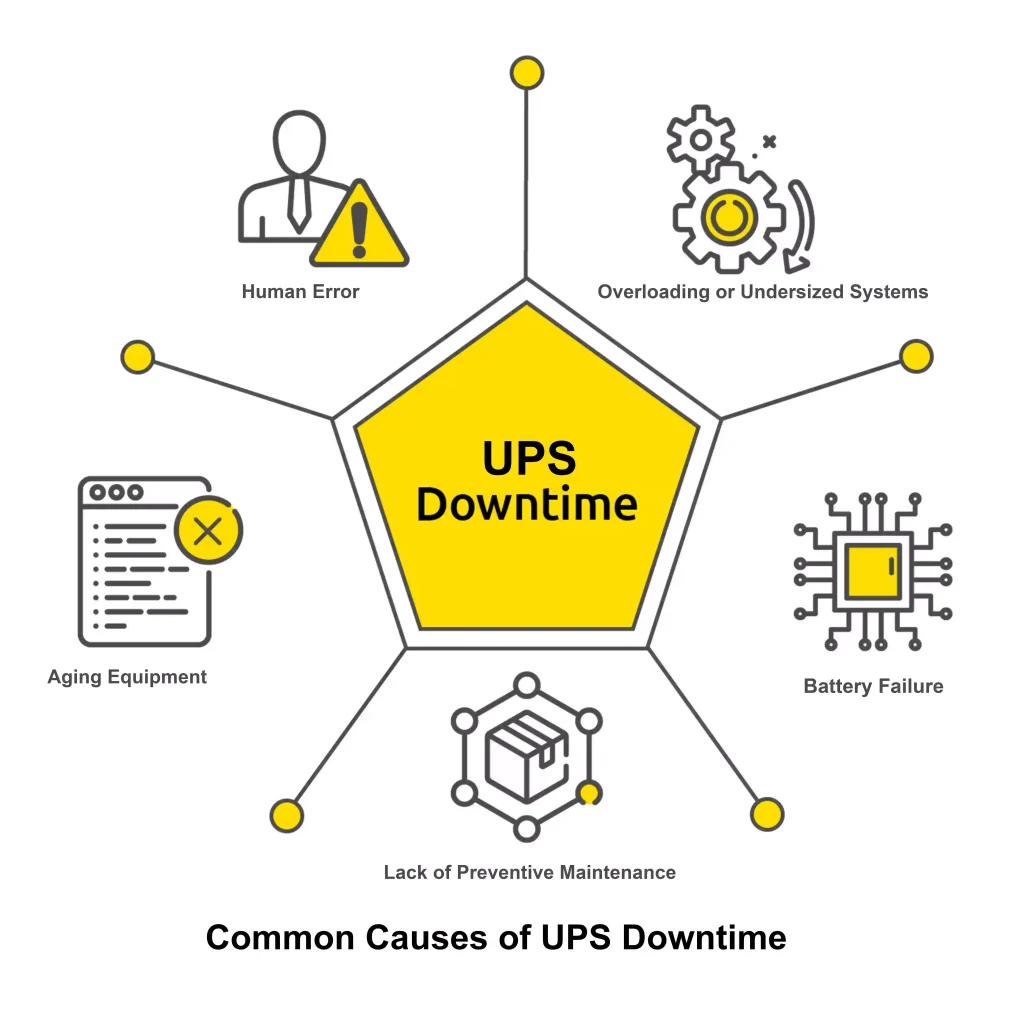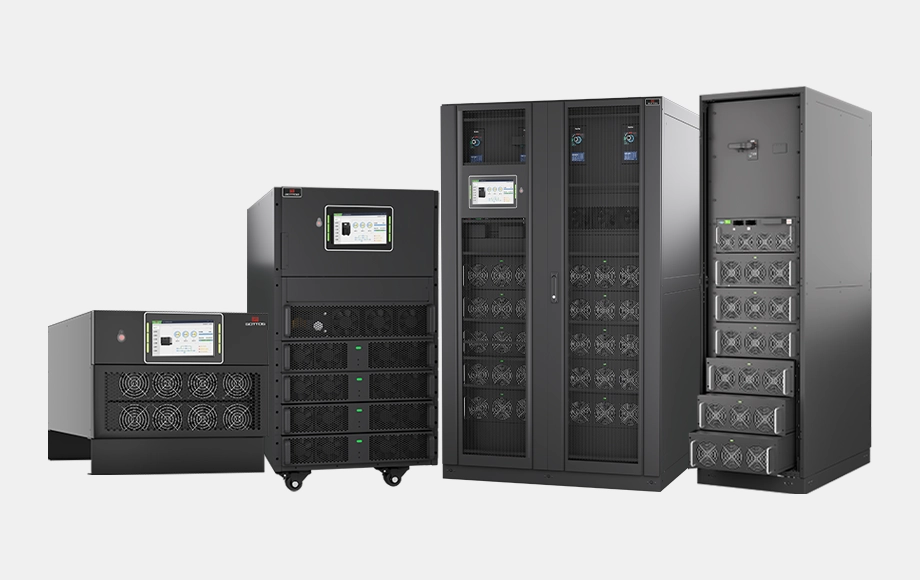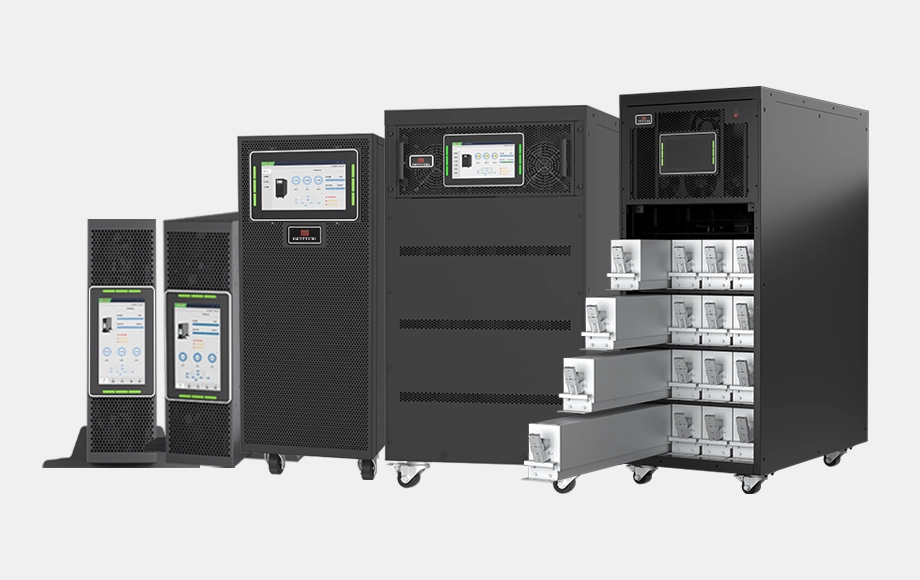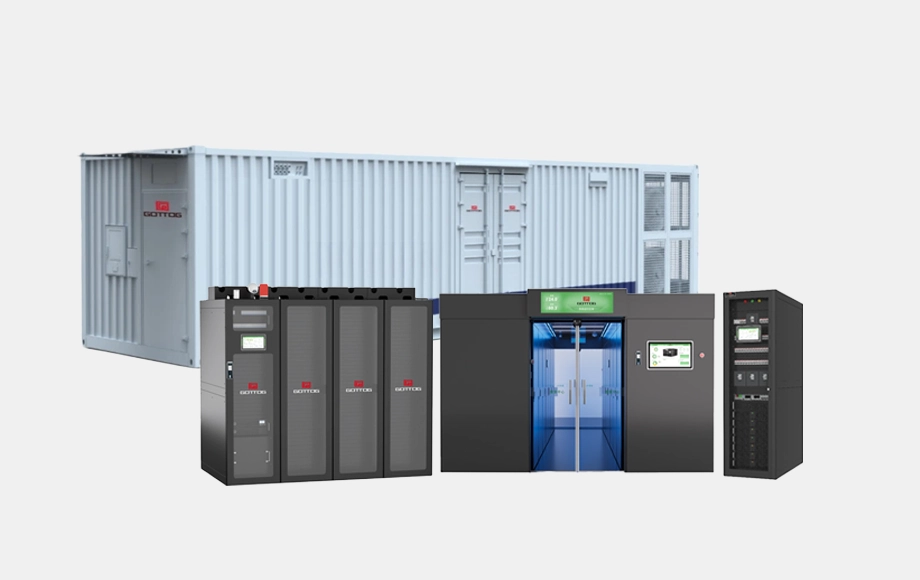Keywords: UPS failure, uninterruptible power supply, power outage costs, business continuity, data center reliability
An uninterruptible power supply (UPS) system is often seen as the silent guardian of critical infrastructure—whether it’s a data center, hospital, financial service provider, or industrial facility. But when that guardian fails, the consequences can go far beyond a temporary loss of power. UPS downtime can lead to unexpected disruptions, data loss, damaged equipment, and a serious dent in your organization’s reputation.
And the most dangerous part? The true cost of UPS failure is often hidden beneath the surface.
The True Impact of UPS Downtime
Many businesses severely underestimate the damage a single UPS failure can cause. While it may appear to be just a brief power interruption, the consequences often go far deeper—disrupting operations, eroding trust, and inflating hidden costs across the organization.
· Interrupts Business Operations
Even a few minutes of unplanned downtime can result in substantial financial loss—particularly for sectors like e-commerce, finance, cloud services, and manufacturing. A failed transaction, an interrupted production line, or a disconnected customer support system can cause lost revenue and operational chaos. In healthcare environments, the impact is even more critical. Power loss during surgery, diagnostics, or life-support operations can create life-threatening situations.
· Breaks Customer Trust
In today’s digital-first world, customers expect services to be always available. A single outage can damage brand credibility, spark user frustration, and lead to negative reviews or client churn. Once trust is broken, especially in industries like IT services or telecom, it can take years—and significant investment—to repair.
· Escalates Internal Pressure and Costs
When systems go offline, internal teams are forced into emergency mode. IT departments must quickly diagnose the failure, initiate disaster recovery protocols, and coordinate with vendors for immediate fixes. These reactive measures often come with hidden costs: overtime pay, temporary equipment rentals, and lost productivity across departments.
· Jeopardizes Compliance and SLA Commitments
For highly regulated industries such as finance, healthcare, and critical infrastructure, consistent uptime is not optional—it’s a legal and contractual requirement. A UPS-related outage may trigger compliance violations, breach SLAs (Service Level Agreements), or result in penalties from regulators and business partners.
· Reveals Underlying Infrastructure Weaknesses
Frequent or unexpected UPS downtime often signals deeper issues in power design, capacity planning, or maintenance procedures. What begins as a single point of failure can uncover broader vulnerabilities that threaten the entire IT ecosystem.
These consequences are just the tip of the iceberg. Beneath every outage lies a complex web of financial loss, operational risk, and reputational damage. That’s why forward-thinking organizations invest in robust UPS systems, predictive maintenance strategies, and professional support.

The Hidden Costs Behind the Outage
UPS downtime also brings long-term, indirect costs that can silently erode your business performance:
- Equipment Damage: Sudden shutdowns and voltage fluctuations can harm sensitive servers and IT equipment, leading to costly replacements.
- Data Corruption: Incomplete data writes during outages can corrupt files or databases, causing information loss or long-term operational issues.
- Escalating Operational Expenses: Emergency repairs, overtime for IT staff, expedited shipping for new batteries or components—all increase your operational overhead.
- Planning Disruption: A power failure can derail production schedules or delay time-sensitive decisions based on unavailable data.
These hidden costs often outweigh the initial investment of a robust UPS system or regular maintenance.
How to Prevent Costly UPS Downtime
Fortunately, most UPS failures can be avoided. The key lies in proactive planning and proper infrastructure design. Here’s how to mitigate risk:
1. Implement a Preventive Maintenance Plan
UPS systems aren’t “set-it-and-forget-it” solutions. Dust buildup, battery degradation, fan failures, and controller faults can develop over time. Schedule regular maintenance at least annually, with special focus on load testing and battery inspection.
2. Use Real-Time Monitoring Tools
Modern UPS systems can be integrated with network monitoring platforms (via SNMP or Modbus protocols). These systems can alert IT teams to temperature issues, declining battery health, overload conditions, and communication errors—before they result in downtime.
3. Choose Modular and Redundant Architectures
Modular UPS systems offer scalability and fault isolation. With N+1 redundancy, if one power module fails, others will carry the load without interruption—ensuring continuous uptime even during maintenance or partial faults.
4. Right-Size Your UPS Investment
Oversizing wastes energy, but undersizing can be disastrous. Conduct a proper load analysis and consider future growth. A scalable solution will prevent overloads and ensure high system efficiency.
5. Partner With Experts
A reliable UPS solution isn’t just about hardware. It’s about end-to-end support—from initial consultation and system design to installation, remote monitoring, and on-call service. Working with a trusted provider helps reduce total lifecycle risk.
Don’t Let Downtime Define Your Business
A UPS is more than just a backup—it’s the backbone of business continuity. The cost of not investing in a resilient and well-maintained UPS infrastructure can be severe and far-reaching.
At GOTTOGPOWER, we offer reliable, modular UPS systems designed for high-availability environments, along with intelligent battery monitoring and predictive maintenance solutions. Whether you’re managing a hospital, data center, or industrial plant, our expert engineers can help tailor the right solution for your needs.
Gottogpower — Continuous power, uninterrupted business.
Get in touch with us today and let our team of engineers help you choose the most suitable UPS solution for your application—before downtime becomes your reality.







